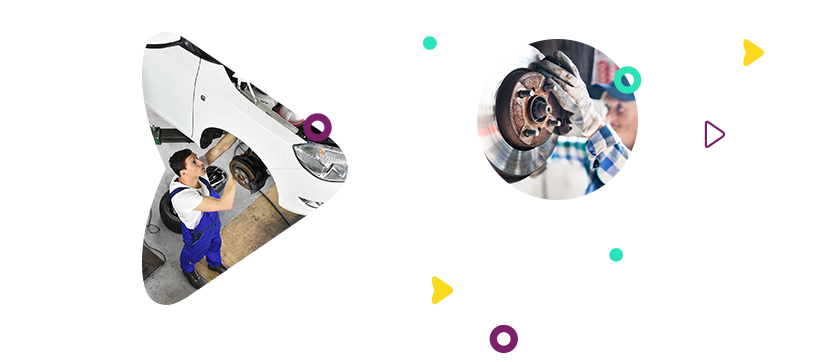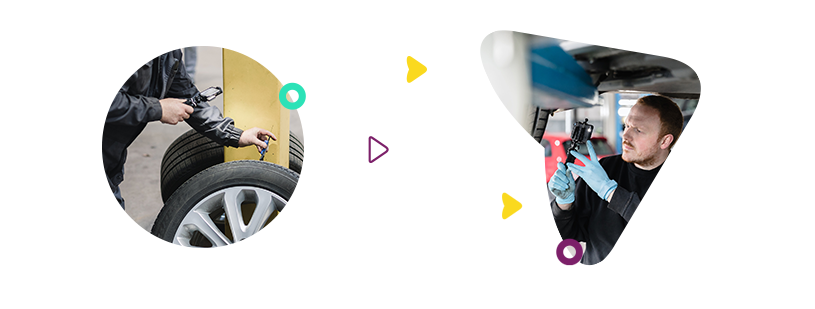As a general rule of business, customers have always been easier to keep than to find. In fact, some reports suggest it’s five times harder to generate new business than to retain it.
That’s no reason to take your foot off the gas when it comes to after-sales though. In the motor trade, where loyalty is increasingly hard fought, there’s always a competitor just around the corner waiting to tempt your customers away.
Far from taking your existing customers for granted, now’s the time to ramp up your after-sales service and lock down their loyalty.
Why now? The car sales industry has had a tricky time of late – and successful retention strategies can be key to riding it out.
Indeed, with a solid base of satisfied customers returning to service vehicles, buy accessories and refer friends and family, your dealership can grow even in spite of a sales slowdown in the industry.
But in the digital age, what does an effective after-sales strategy even look like? How can you make the most of advancing tech to engage your existing customers, and make sure they keep coming back for more?
You’ve come to the right place to find out…

Connected communications to tackle the retention challenge
When your customer drives off the forecourt in their new car, your relationship with the buyer is only just starting out. And like most relationships, everything is rosy at the start.
According to Bright Box, “a high percentage of buyers return to the dealership for a car service during their first year of ownership”.
As the years pass though, this return rate steadily falls – until the fourth or fifth year, when it takes a dramatic nosedive.
Clearly, all relationships need work if they’re to last the distance – and constant communication is key. Digital technology trends like AI and Big Data can help you take things further.
Some leading automotive brands, for instance, are exploring the opportunities of connected car platforms, which allow the dealer to receive (and act on) information about the vehicle after it’s been sold.
That might be data to do with the car’s mileage, for example – enabling the dealer to contact the driver (via an associated app) when a service is due.
It could also include analytics on the technical condition of the car, or even its ‘journey mapping’, showing how and when the vehicle is being driven.
These insights are already being used to great effect in the insurance industry, where providers can offer reduced premiums for proven safe driving. But they also offer potential avenues for automotive dealers.
For example, if the data shows that the customer has a tendency to drive on country roads, they might be open to the offer of wheels or tyres specifically suited to those conditions.
Or, if they’re making a lot of short, uneconomical journeys in a fuel-guzzling vehicle, they might be interested in test-driving a more environmentally and wallet friendly option.
The real beauty of a connected car system is the potential for automation, with many interactions capable of being powered by artificial intelligence.
In short, it helps you stay in touch and in tune with your existing customers, without dedicating valuable man hours to the task.
Building loyalty in the face of growing competition
Connected car platforms are still some way off becoming mainstream, but they illustrate the importance of an after-sales service that feels tailored and personal.
For dealerships operating a maintenance and servicing arm, video can help to deliver this personal touch too – building trust with the buyer, as well as ensuring a consistent customer experience (assuming video was used as part of the sales process too).

Giving yourself an edge in the repair and maintenance market is unarguably a key driver for customer retention – and the business experts at EY suggest this will become even more fundamental in the future.
In their deep-dive on the future of automotive retail, they state that “regulations pushing for greater competition from the independent repair market….will result in several new entrants in after-sales, giving vehicle owners multiple options for vehicle service and repair”.
With competition seemingly set to grow, you need to make sure your after-sales strategy is more than just an after-thought.
This blog is the final part of four in our “Understanding the Modern Day Buying Journey” series. To learn more download the full white paper here.
The guide includes exclusive research into the needs of the modern day buyer – helping you meet their expectations, and ultimately increase sales.
To read the previous blog, follow this link.
To read the first blog, follow this link.





